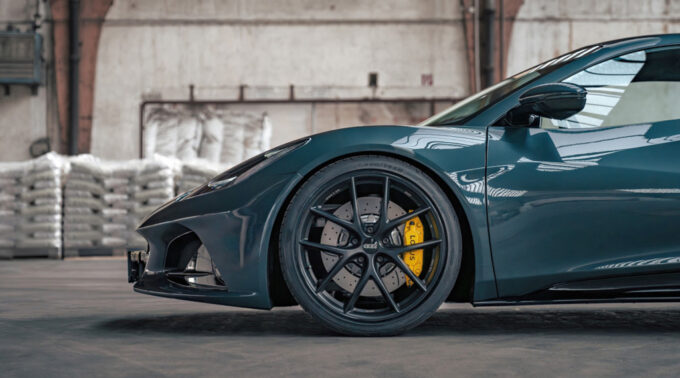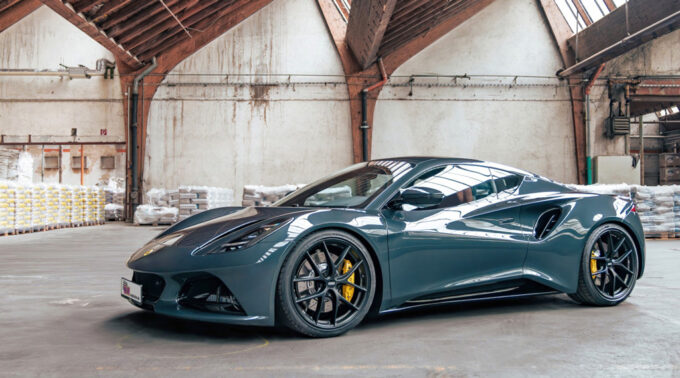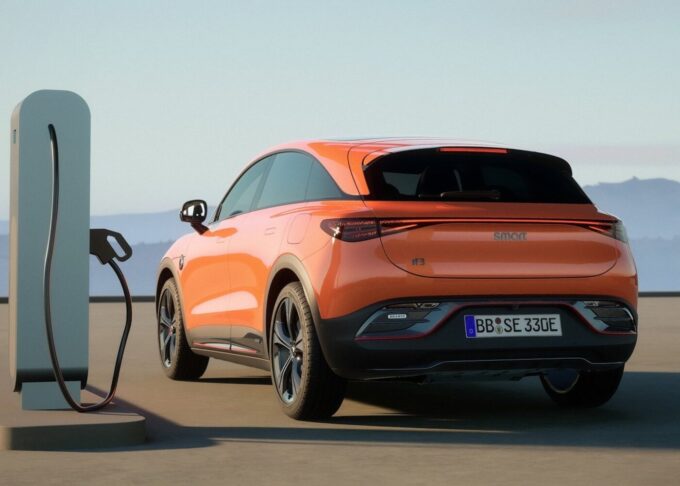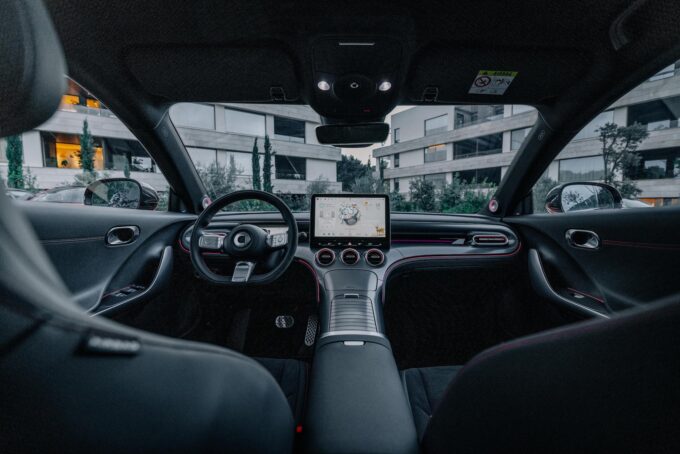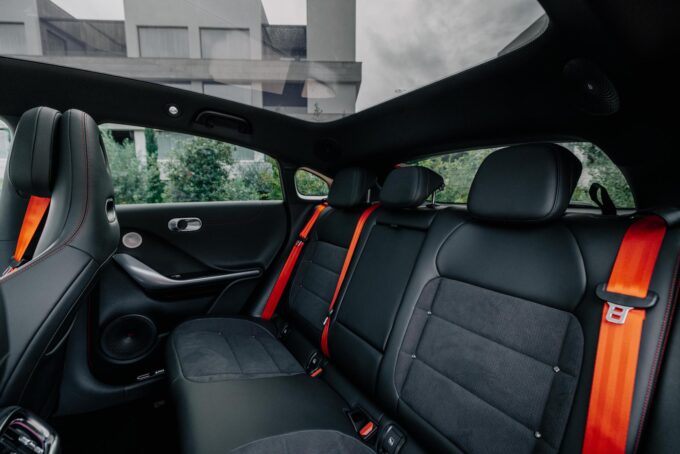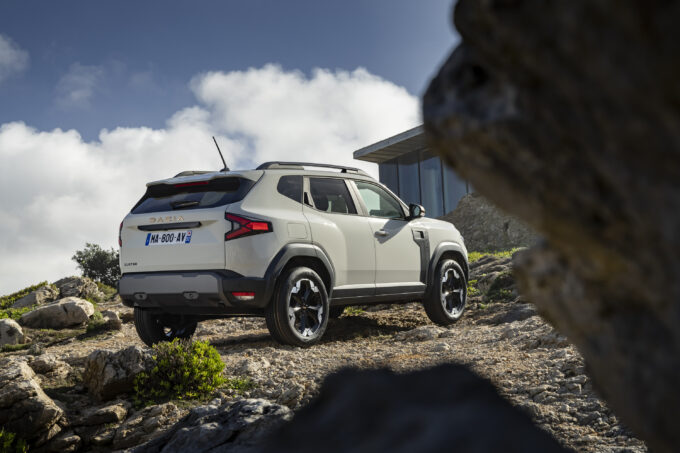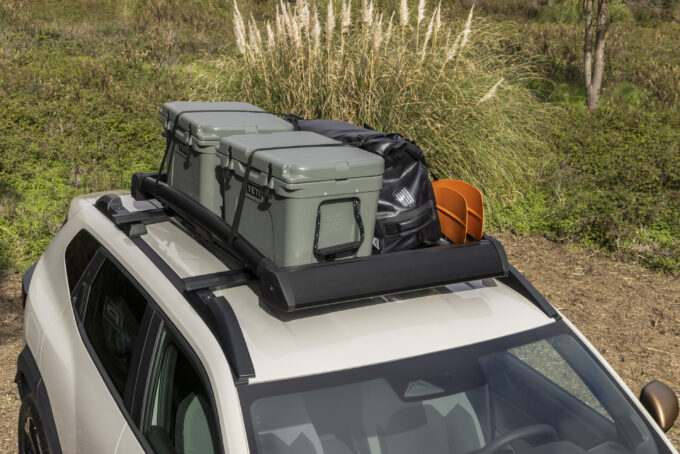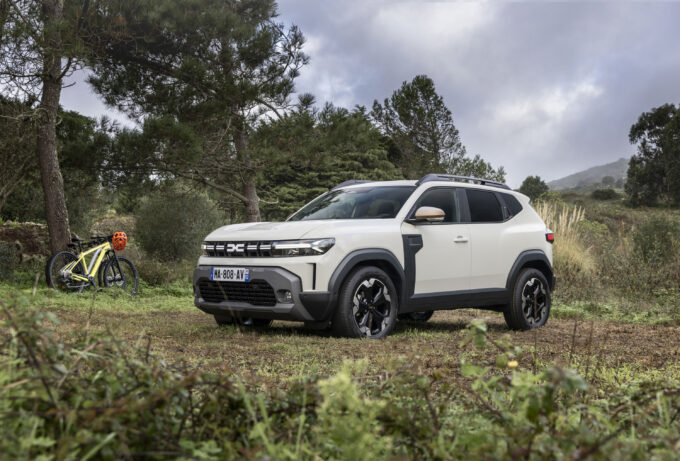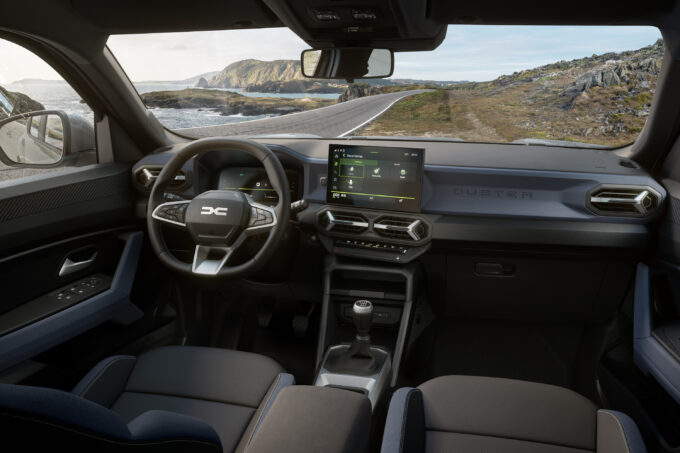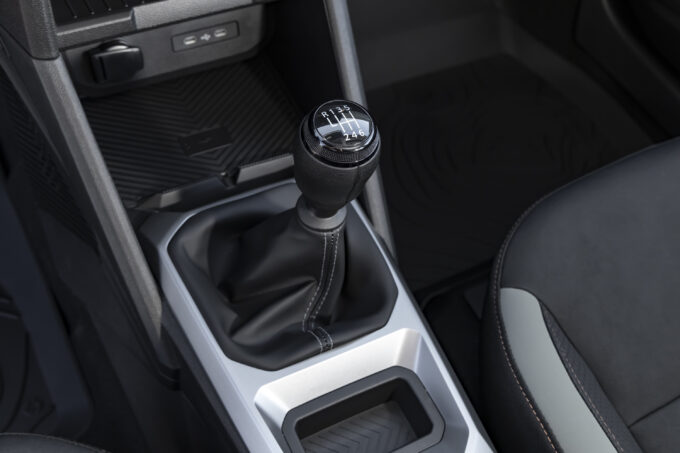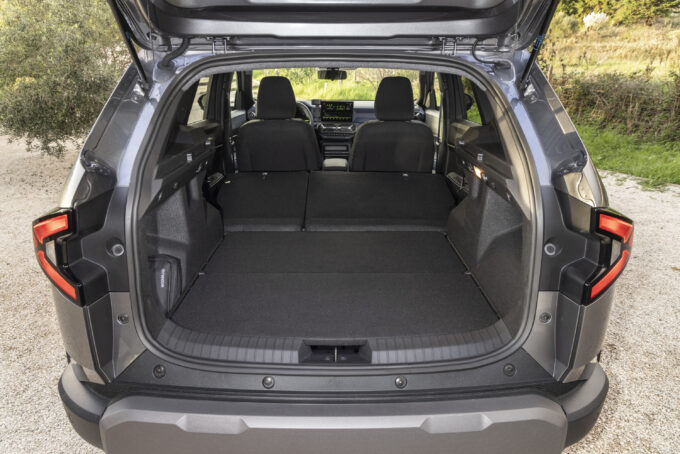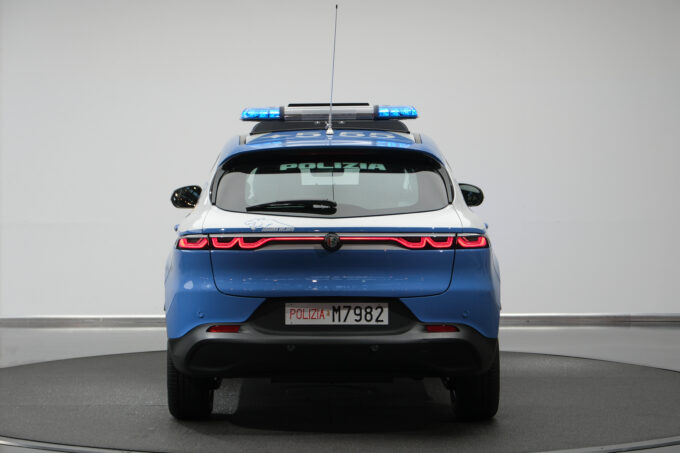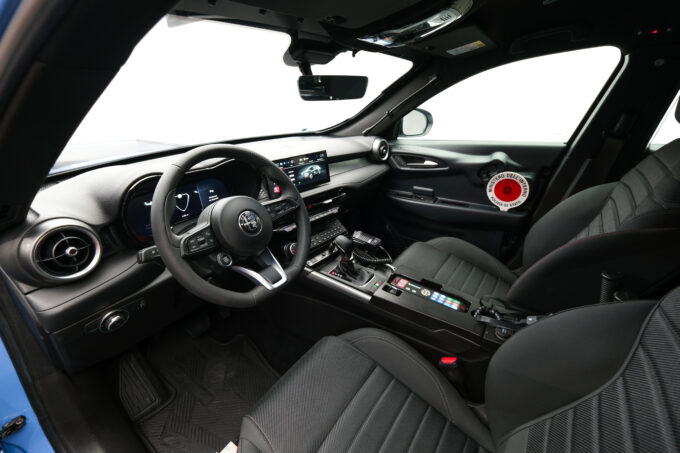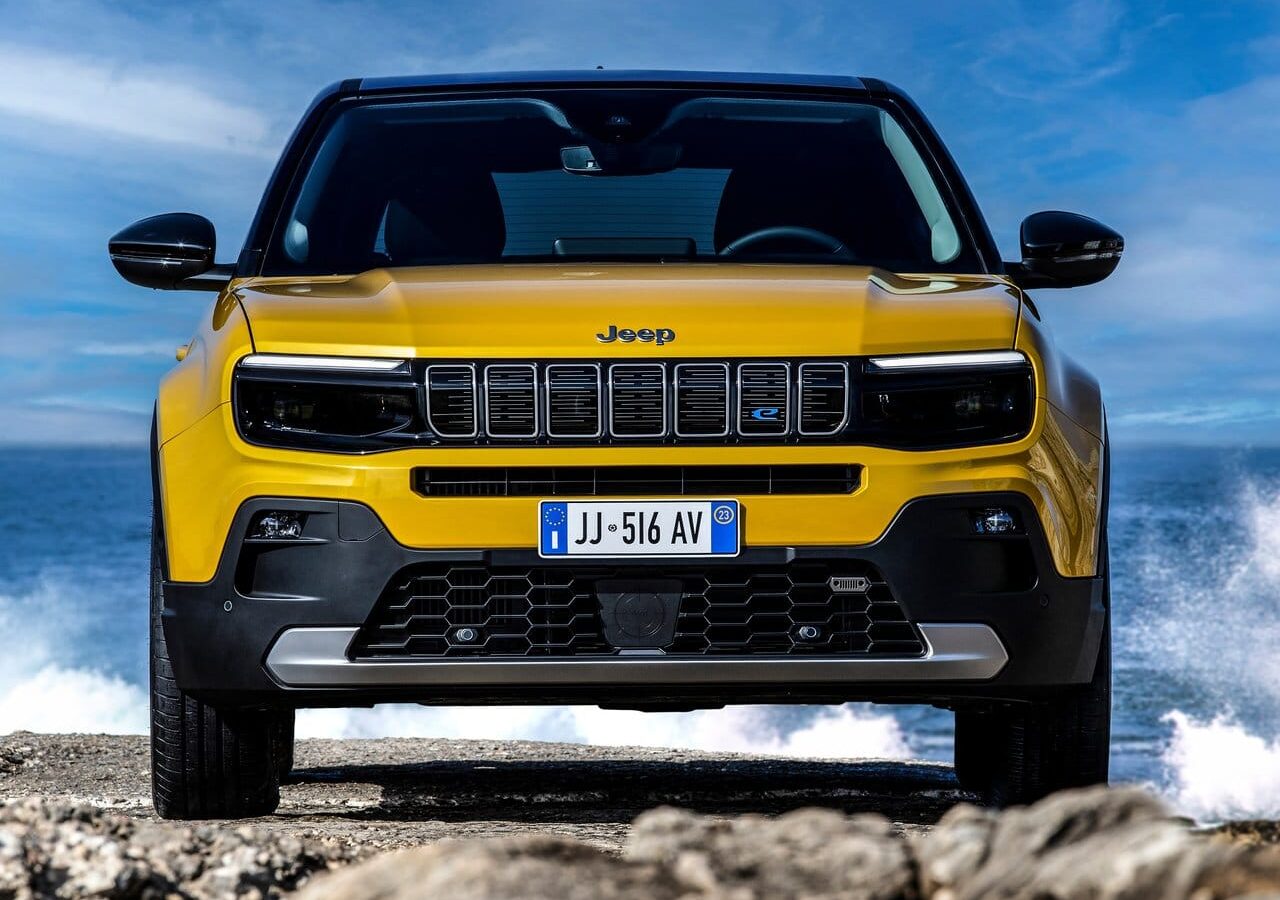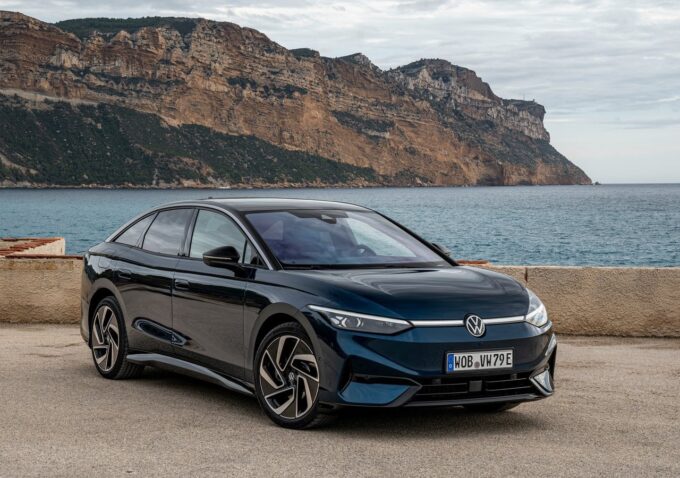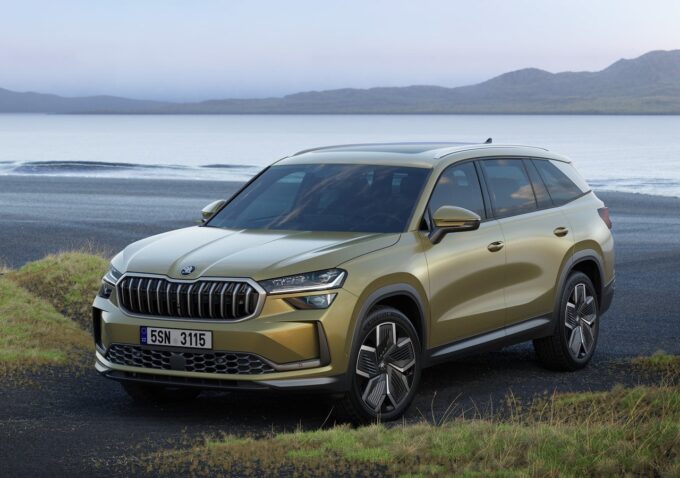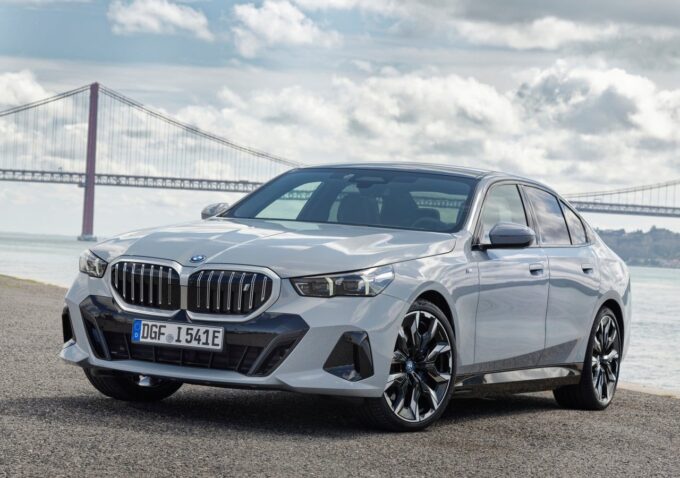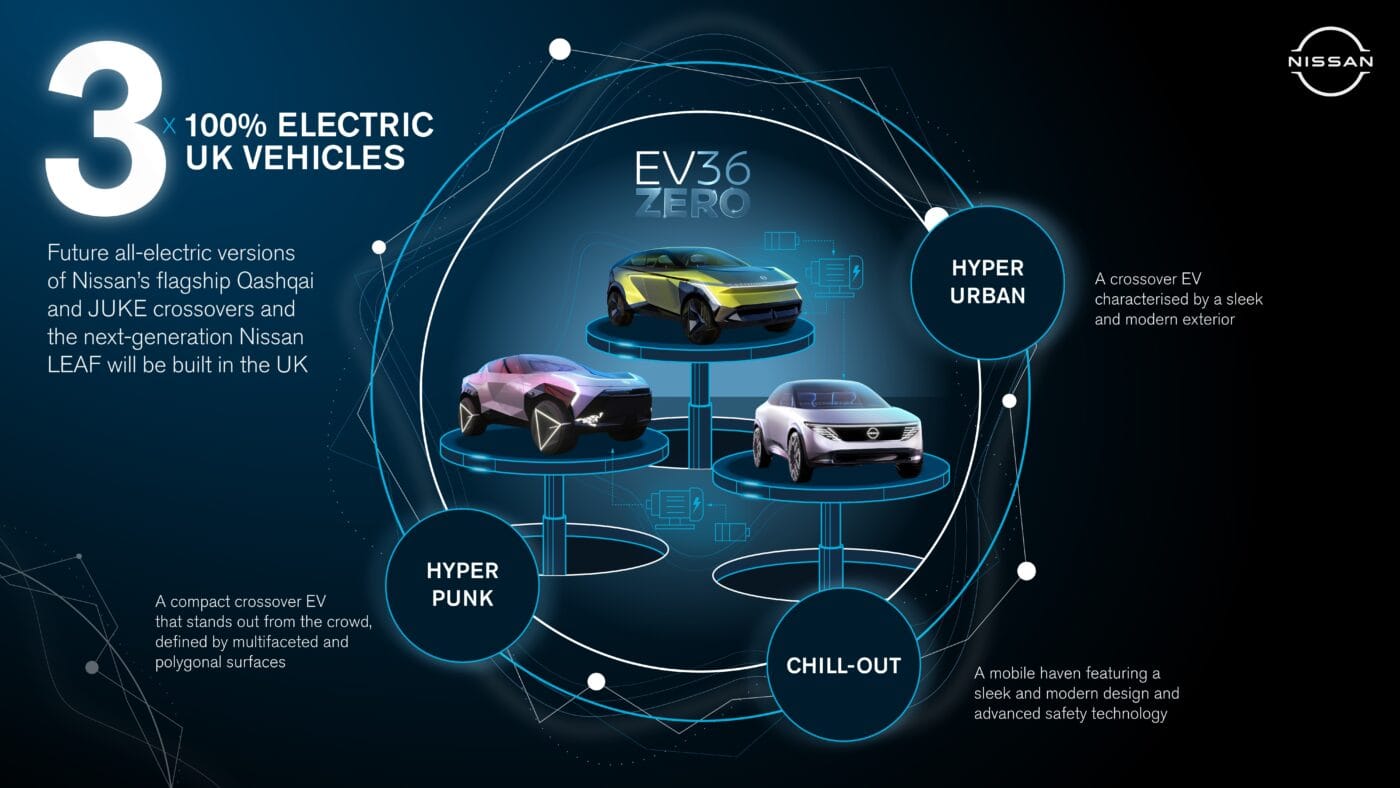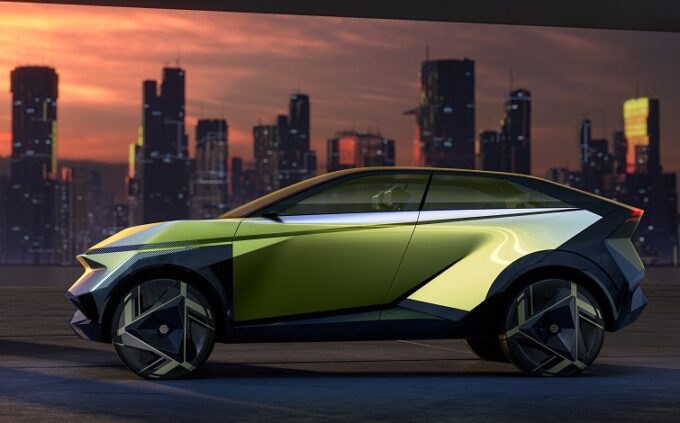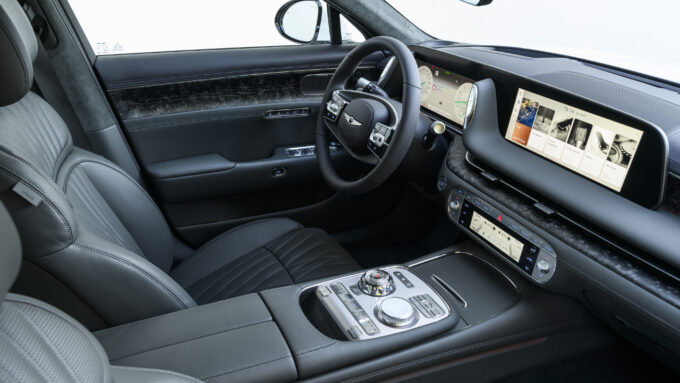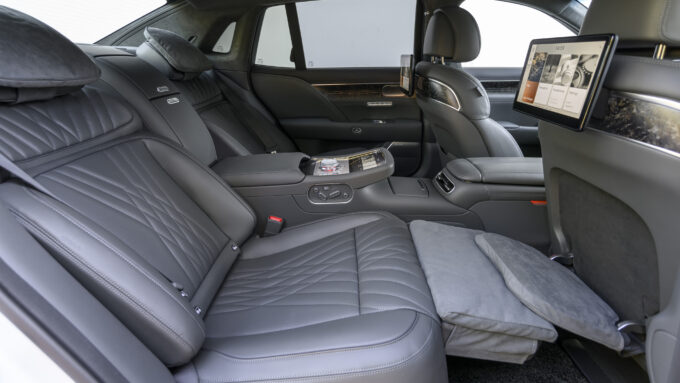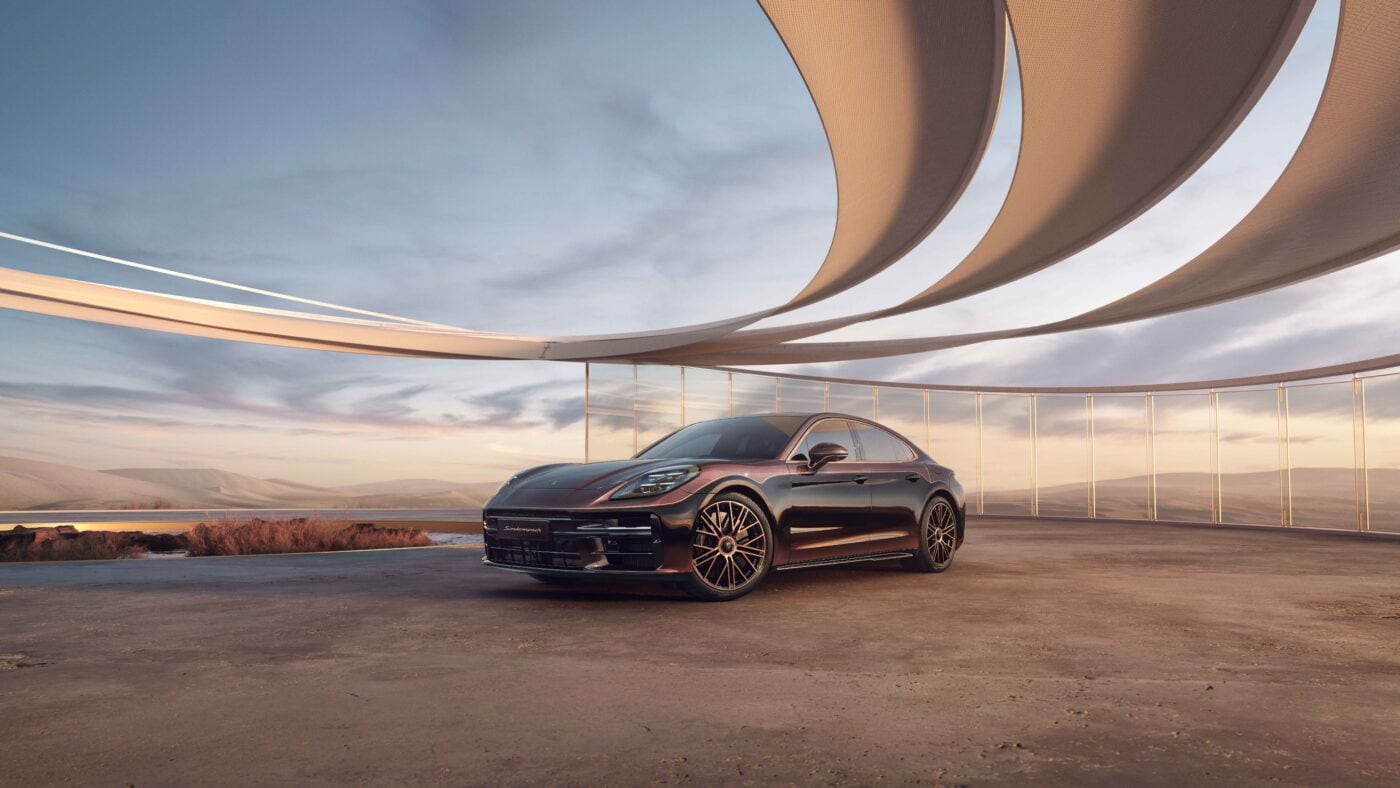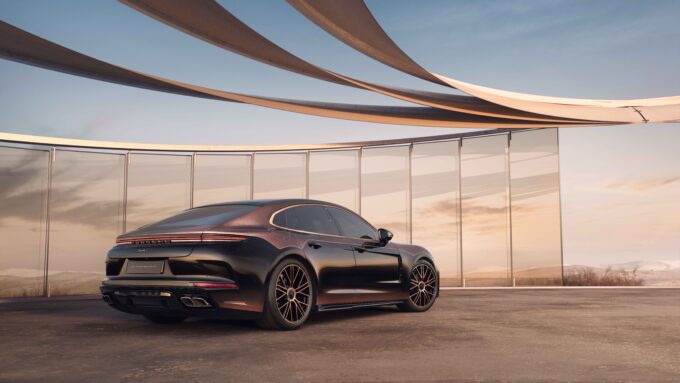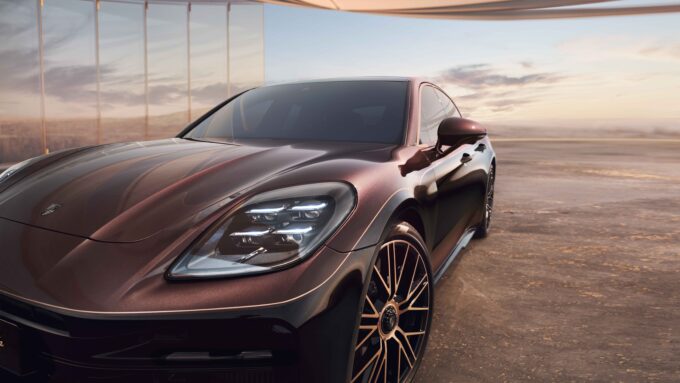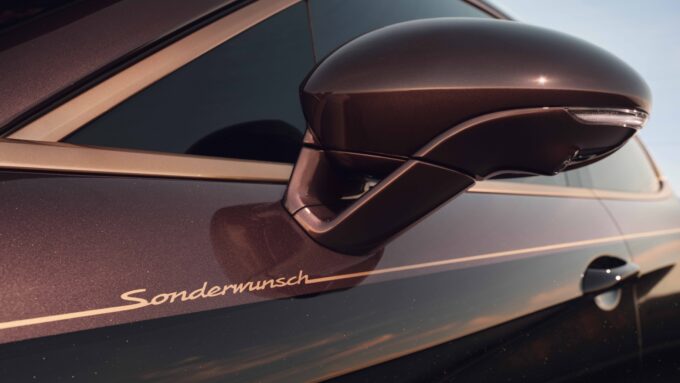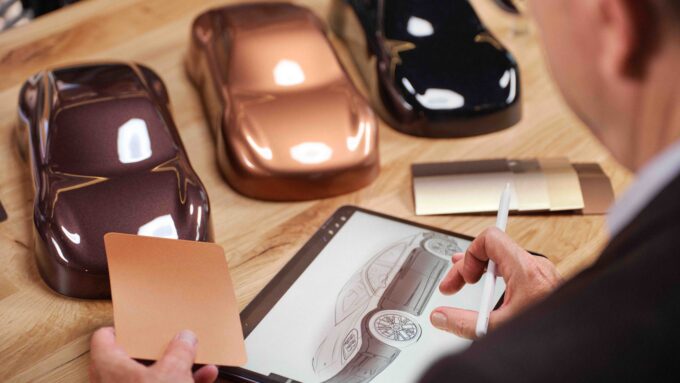Toyota: Electric cars for the real professionals
SUSTAINABLE The latest Toyota Proace Max completes the range of electrically powered commercial vehicles from Toyota Professional. Above all, the van offers a class-leading load volume.

At the heart of Toyota's electrified commercial vehicle family is the all-new Proace Max, which joins the revised Proace and Proace City as part of a powerful product portfolio. And with the Hilux Hybrid 48V, Toyota is launching an electric pick-up truck that expands the choice in this growing vehicle class.
Characteristic design
The striking front design of the Proace model series emphasizes the brand's typical identity. Depending on the equipment variant, full LED lighting creates a unique appearance. Depending on the trim level, there are new steering wheel variants and extended on-board equipment - including fully digital displays and an innovative infotainment system with integrated navigation and smartphone connectivity via Apple Carplay and Android Auto. All Toyota Professional vehicles are equipped with Safety Sense solutions that support the driver.
Versions with two wheelbases
As the largest vehicle in the Toyota Professional model range, the Proace Max is available in six versions with two wheelbases, three lengths and three heights for all kinds of transportation requirements. In the largest version, the Proace Max Electric offers a load volume of 17 cubic meters. Thanks to the full-height doors and a square load compartment opening with a low threshold, loading and unloading is uncomplicated. For the first time in a Toyota, the doors can be opened 270 degrees, which provides more loading and unloading freedom and better access to the driver's cab. The platform is also a leader in the field of conversions.
Upgraded pick-up classic
The Hilux Hybrid 48V features improved fuel efficiency and optimized handling, further enhancing the impressive on-road and off-road capabilities of the classic pick-up. It also impresses with improved throttle response and linear acceleration. However, the improved driving characteristics are not at the expense of the towing capacity and payload, which remain high at 3,500 and 1,000 kilograms respectively.








